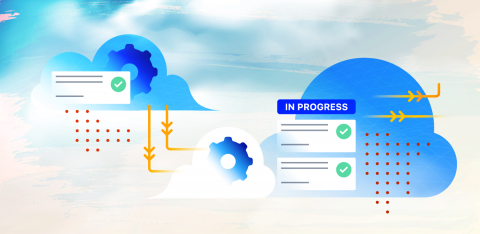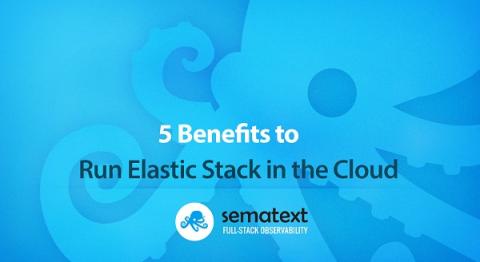Monitoring policy system in Pandora FMS. What they are like, what they are and where to find them
“Monitoring policy system”, “monitoring policy system”, “monitoring policy system”… As much as you repeat it, it still sounds boring, unappetizing and expensive. But you have to admit that an in-depth contact with the monitoring policy system, especially the system that concerns you, is also useful, convenient and practical after all. Therefore, to benefit you, we will start today with the policies in Pandora FMS.











